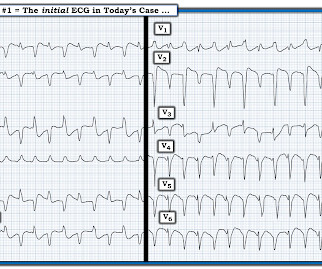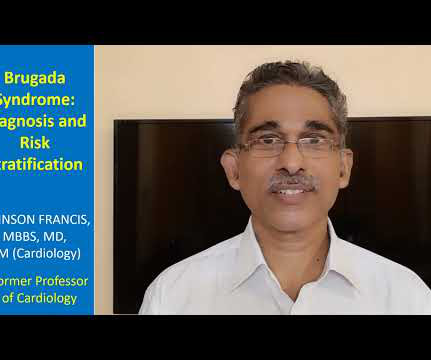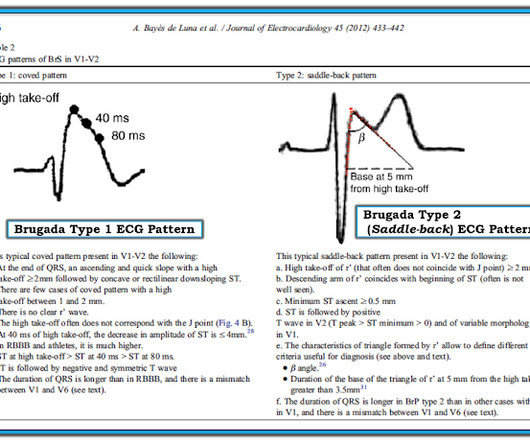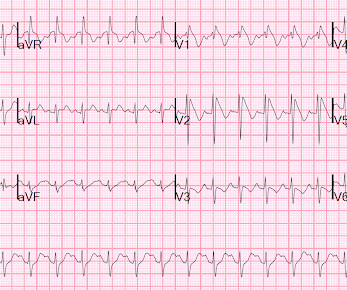ECG Blog #436 — Bigeminy or Alternans?
Ken Grauer, MD
JUNE 27, 2024
He developed cardiac arrest shortly after the ECG in Figure-1 was recorded. IMPRESSION: Given the presence of a wide tachycardia — with 2 distinct QRS morphologies, and no sign of P waves — a presumed diagnosis of B i D irectional Ventricular Tachycardia has to be made. What is the most likely cause of this arrhythmia?













Let's personalize your content